Summary
- Fire Emblem’s Weapon Triangle added a simple yet effective rock-paper-scissors element to its tactical RPG gameplay.
- Total War’s unit types create derivative relationships like Missiles > Non-Swords/Cavalry, enhancing its large-scale warfare mechanics.
- Rise of Nations’ age element affects unique features and certain unit formations, making for a more dynamic strategy game experience.
Some of the best game mechanics in gaming are tied to simple premises – such as Age of Empires taking factions across stages, or StarCraft and Command & Conquer making their units more dynamic by giving them faction-wide properties. In the case of Fire Emblem, it was the Weapon Triangle – essentially classifying units under categories that defeat each other, much like rock-paper-scissors. The straightforwardness of this mechanic made Fire Emblem even more recognizable because of it, and other tactical RPGs formed their own derivatives of the concept.

Related
8 Best Turn-Based Strategy Games That Require Deep Thinking, Ranked
Players need to make every turn and move count in these strategy games that will have them scratching their heads and weighing their options.
However, just because Fire Emblem is a tactical RPG doesn’t mean this rock-paper-scissors system is exclusive to the genre. In fact, there are strategy games that follow various derivatives of the formula – whether it’s an expansion of the trope or a more unique approach. Just what are strategy games that apply the rock-paper-scissors formula to their gameplay, and how did this make their games more intuitive to play?
Special Mention: Fire Emblem
Despite being known for being one of the most predominant examples of integrating rock-paper-scissors in gaming, Fire Emblem is a tactical RPG and not an RTS. However, its prominence earns itself a spot solely to establish the basic premise of the system, and how it’s integrated into more faster-paced RTS titles. Interestingly enough, while the Weapon Triangle is known as the signature combat mechanic of the Fire Emblem series, its Weapon Triangle system was first implemented in its fourth title, Fire Emblem: Genealogy of the Holy War. Compared to other strategy games that create derivatives of Rock-Paper-Scissors, the Weapon Triangle system stays true to its in-lore premise: Swords are faster than Axes, Axes are physically stronger than Lances, and Lances reach further than Swords. In the game, having an advantageous weapon type increases one’s overall Accuracy.
While the premise in itself is simple, various Fire Emblem games offer spins to the concept. For instance, Fire Emblem: The Sacred Stones introduces the Trinity of Magic, which extends the Weapon Triangle into spells (Wind > Thunder > Fire, Anima Fire Emblem Fates allowing them to combine with the main Triangle to form a “secondary” formation (Swords/Tomes > Axes/Bows > Lances/Daggers).
1
Total War
Every Unit Type Has A Role To Play
Being a rather immersive strategy game in its implementation of large-scale warfare, it can be difficult at first to see where Total War implements its variant of Rock-Paper-Scissors. However, dissecting Unit Types into their fundamentals can transform even the most unique units into their RPS derivatives. Despite different unit names, Total War armies can be divided into more basic relationships: Missiles (long-ranged) > Non-Swords/Cavalry, Swords (melee) > Spears, Spears (mid-ranged) > Cavalry, and Cavalry (mobile) > Swords/Missiles.
However, these relationships aren’t the end-all, be-all of unit types in Total War. For instance, spinoffs such as Total War: Warhammer add new dynamics such as Monsters (anti-Melee), Artillery (anti-Army/Monster), and Hybrid (mixed). Various factors also affect the overall performance of these units, such as how many of them are arranged into Armies, if they are accompanied by allies of other types, and even buffs they possess. Some games also have specialists and unique units that allow them to temporarily bypass these weaknesses.
2
Age Of Empires
Unit Types & Tech Tree Affect The Horizontal And The Vertical
Unlike other strategy games where players just whip out one unit after the next in the hopes of obliterating their foes, Age of Empires takes things further by introducing a fast-paced Tech Tree mechanic. Saving up the barest minimum of resources for faster upgrades form the crux of strategies in competitive Age of Empires, and it drastically affects the way Unit Types are related to each other. At a micro scale, cheaper Infantry > mobile Cavalry > long-ranged Archers. When applied to areas, Defensive Structures > Infantry/Cavalry, while Siege Weapons > Defensive Structures.

Related
8 Great Strategy Games That Deserve Sequels
The following beloved and acclaimed strategy games are more than good enough to justify sequels.
However, things become more dynamic in actual play. Early-game Feudal Age often has the Scout Cavalry check the opponent’s progress, with the Unit Type triangle playing around Spearmen > Scout Cavalry > Archers. However, the right Build Order can get players to Castle Age quickly and get the stronger Crossbowman or the Knight to lay waste to this dynamic. Advanced game mechanics also subvert the franchise’s unit relationships, such as later Age of Empires titles introducing Sub-Units that affect multiple Unit Types at once, or factors such as Armor Class, Terrain, and Unit Composition affecting overall combat performance.
3
StarCraft 2
Real-Time Faction Dynamics, Multi-Unit Counters, Micro VS Macro

While some fans can consider StarCraft 2 as partly a more complicated Rock-Paper-Scissors with Multi-Unit Counters for all types, the competitive RTS game sets its mark in the genre with its deep focus on the real-time juggling of Micro vs Macro Adjustments as well as its Faction Dynamics. Choosing a faction in itself often encourages a playstyle: the reactive Zerg have weaker units but can mass-produce counters, multi-functional Terrans can often go hard defense or late-game devastating offense, while specialist Protoss offers extremely rewarding high-risk timing-based strategies.
While a Build Order can set up players for specific strategies involving their Factions, they should adjust their builds on the fly to accommodate new enemy strategies. Even if a Zerg player is seeing success in micro-ing his Zerg Rush to harass a Terran opponent, the latter can easily de-escalate the offense with bulkier reinforcements from a properly-macro’d economy. Placement and terrain also matter, as while the Zerg need open areas to debilitate enemy Protoss units, the latter only needs to corner the Zerg into narrow terrain to capitalize on their strength against individual units.
4
Dawn Of War 2
The Closest WH40K Has To A Hardcore Interpretation Of The Tabletop Title
Despite sharing a similar gameplay formula as Company of Heroes, gameplay in Dawn of War 2 is considered among the best of what it attempts to do for a Warhammer 40K adaptation. Its point-based resource management and building mechanics heavily emphasize area management, this time done differently every time thanks to a multitude of factions with special mechanics and a deeper emphasis on cover and weapon upgrades.
It’s for this reason that Dawn of War 2 shines as an example of a counter-based RTS, as factions are best countered when their specializations are removed from play. For instance, the flexible Imperium of Man suffers when hit-and-run tactics ruin their progression, while psychic-heavy Chaos units falter when their psychics are taken out. Likewise, mobile-heavy Eldar can be overwhelmed before they can use their speed, while regenerating Necrons and mass-produced Orks can be stalled if their key structures are disabled.
5
Command & Conquer: Red Alert 3
A Rowdy, Campy Alternate Timeline With Prominent Counter Mechanics

- Released
-
October 28, 2008
- ESRB
-
t
The popularity of the Red Alert franchise stemmed from the same balancing act that spawned from its Command & Conquer parents, this time with Westwood Studios balancing the specialized Allied units with the heavier firepower of the Soviet Union. While the first two games managed to even the odds with diverse-enough units, the addition of the Empire of the Rising Sun in Command & Conquer: Red Alert 3 gave players a glimpse of how Red Alert could play with heavy counter-based mechanics.
Set when the Soviets “erase” Albert Einstein from existence, the alternate timeline of Red Alert 3 now introduced the cyborg samurai and psychics of the Empire – complete with buildings that can practically transfer locations. Combined with manually-triggered secondary abilities for all units, Red Alert 3 spices things up with a wacky three-way perfect for its premise. Although criticized for being “too” counter-heavy, Red Alert 3 needs players to take advantage of each faction’s strengths: Soviets and their heavy firepower on land, the Allies with their powerful aerial units and balanced ground forces, and the Empire’s dominating sea game.
6
Sins Of A Solar Empire
A Spacefaring RT4X
Players who want an intense space-faring strategy experience will appreciate Sins of a Solar Empire, where gamers will choose between an industrial (TEC), psychic (Advent), or alien (Vasari) race. Set across a 3D playing field with unique celestial objects such as stars, planets and other astronomical phenomenon, Sins of a Solar Empire elevates space warfare with its own mix of diplomacy, trade, and colonization. This transforms the game into its own RTS and 4X hybrid, the RT4X.
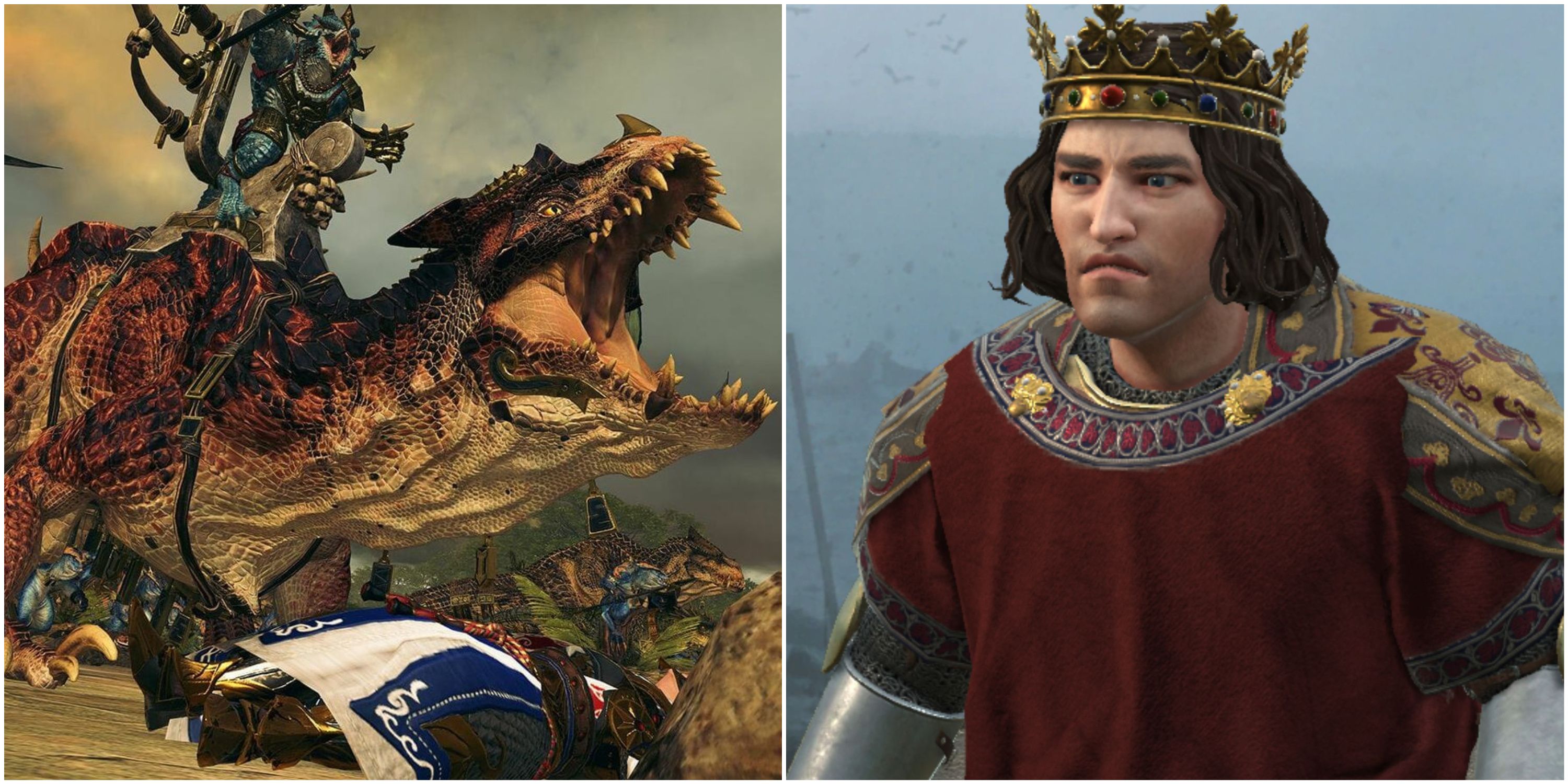
Related
8 Best Grand Strategy Games On PC To Play Right Now, Ranked
The grand strategy genre can be daunting, but for PC players looking to jump in, these games are a great introduction and a perfect re-entry point.
Due to this complexity, Sins of a Solar Empire also offers a take on the rock-paper-scissors mechanic across its ship types and weapon types. Aside from traditional light, medium, and heavy ship classifications, these vessels contain weapons specifically geared toward different types – and they aren’t the same for all ship categories. It’s this complexity across ship types, combined with inter-faction dynamics, that makes Sins an exciting sci-fi journey.
7
Warcraft 3
The Blizzard Formula With Heavy RPG-Inspired Micro Sprinkled In
While some might consider Warcraft 3 just StarCraft with fantasy elements, the overall gameplay loop in Warcraft 3 heavily differs as soon as players deep-dive into its many factions. Set around the time when an Undead scourge had begun plaguing Azeroth, the initial campaign would take players through the fall of Arthas Menethil into darkness and the world’s reaction to his rise. Gameplay-wise, factions already have set differences to take into account: there are well-rounded Humans, beefy but expensive Orcs, ranged-specializing (with moving buildings) Night Elves, and corpse-using Undead.
Compared to StarCraft where players pretty much just need to understand counters for their Terran, Protoss, and Zerg units, Warcraft 3 has more RPG elements – more units have special abilities, and are often manually triggered in specific parts of the match. Units also seem to have specific “kinds” of armor and attack “types” – all of which counter each other.
8
Rise Of Nations
RTS Formula With An Aging Spin
At first glance, Rise of Nations seems similar to Age of Empires with its “progression” system – only this time in hyperdrive due to its equal focus on territory. Buildings are now only constructible near other allied settlements, and units also have unique modifiers such as upgrades that affect their overall performance. Due to how the game encompasses various parts of history, units are generally divided across Barracks (infantry), Stables (cavalry), and Artillery units.
However, where Rise of Nations differs greatly in its usage of the formula is the “age” element and how it affects a nation’s unique features. Aside from each age having exclusive units, certain unit types can be used under formations that have different effects. And when used on the right terrain with the right approach, Rise of Nations factions can become quite the riveting experience despite its “basic” template.
9
Company Of Heroes
Point-Based Base Building Makes For More Thrilling Fights
Set against the backdrop of the Second World War, Company of Heroes at first glance looks like a generic WW2 strategy title. However, the game immediately shines with its unique approach to point-based base building. Points on the map allow players to acquire more resources, allowing them to build around it – with the scarce nature of these points motivating players, especially in multiplayer, to compete for them. Certain buildings allow the creation of Units, which can then use buildings and cover for additional defense or even gain veterancy to become more powerful.
Due to the straightforward nature of base-building, the rock-paper-scissors mechanic of its fights also makes Company of Heroes relatively addicting. Infantry often defeat Aerial units, Aerial units defeat Tanks, and Tanks can defeat Infantry – however, various modifications such as buffs, upgrades, and general unit properties can make the game more exciting than its rock-paper-scissors template.
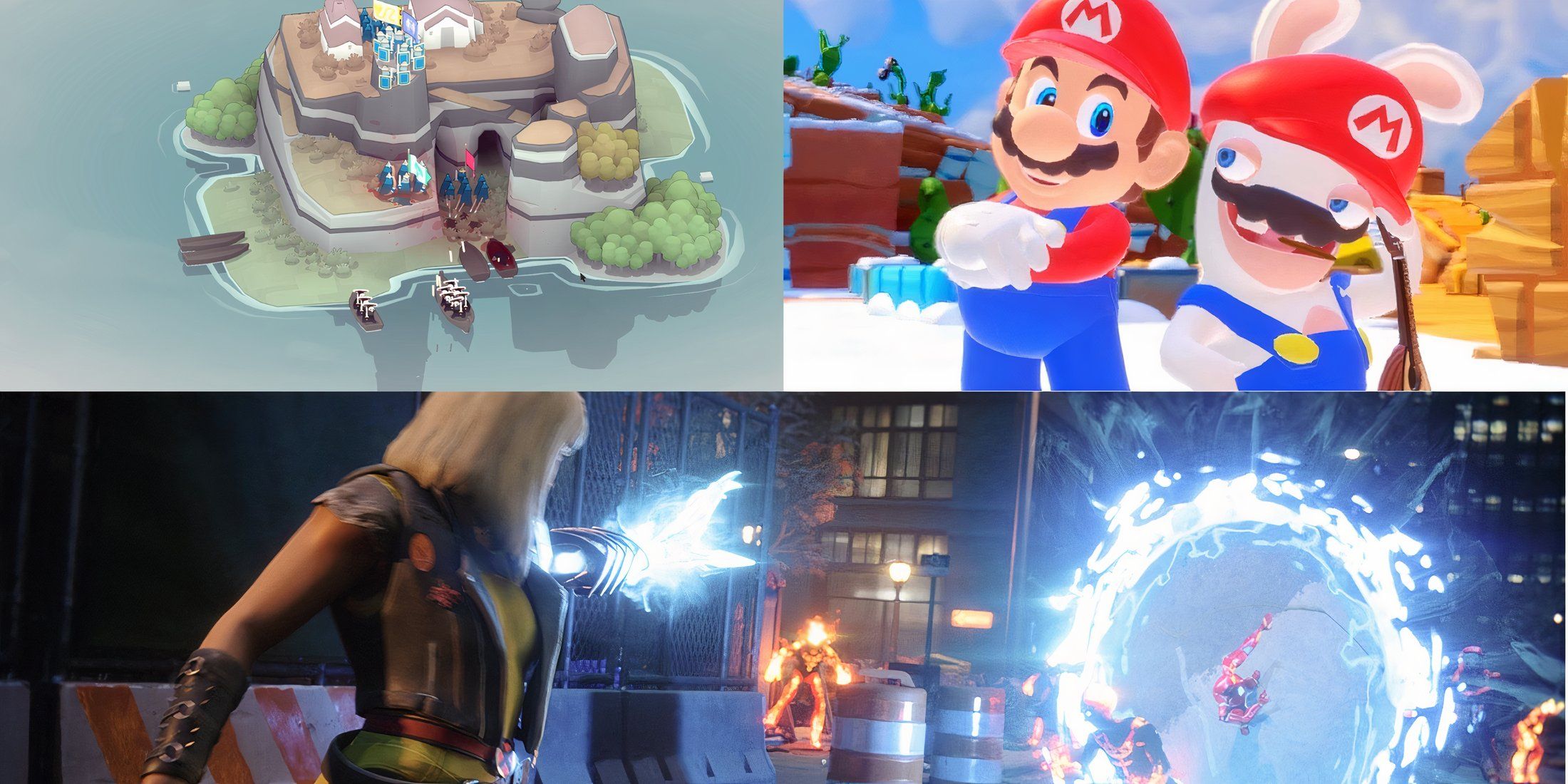
More
8 Strategy Games With Simple But Great Combat Systems
Strategy games can be daunting, but these titles ease players in with simple combat systems.
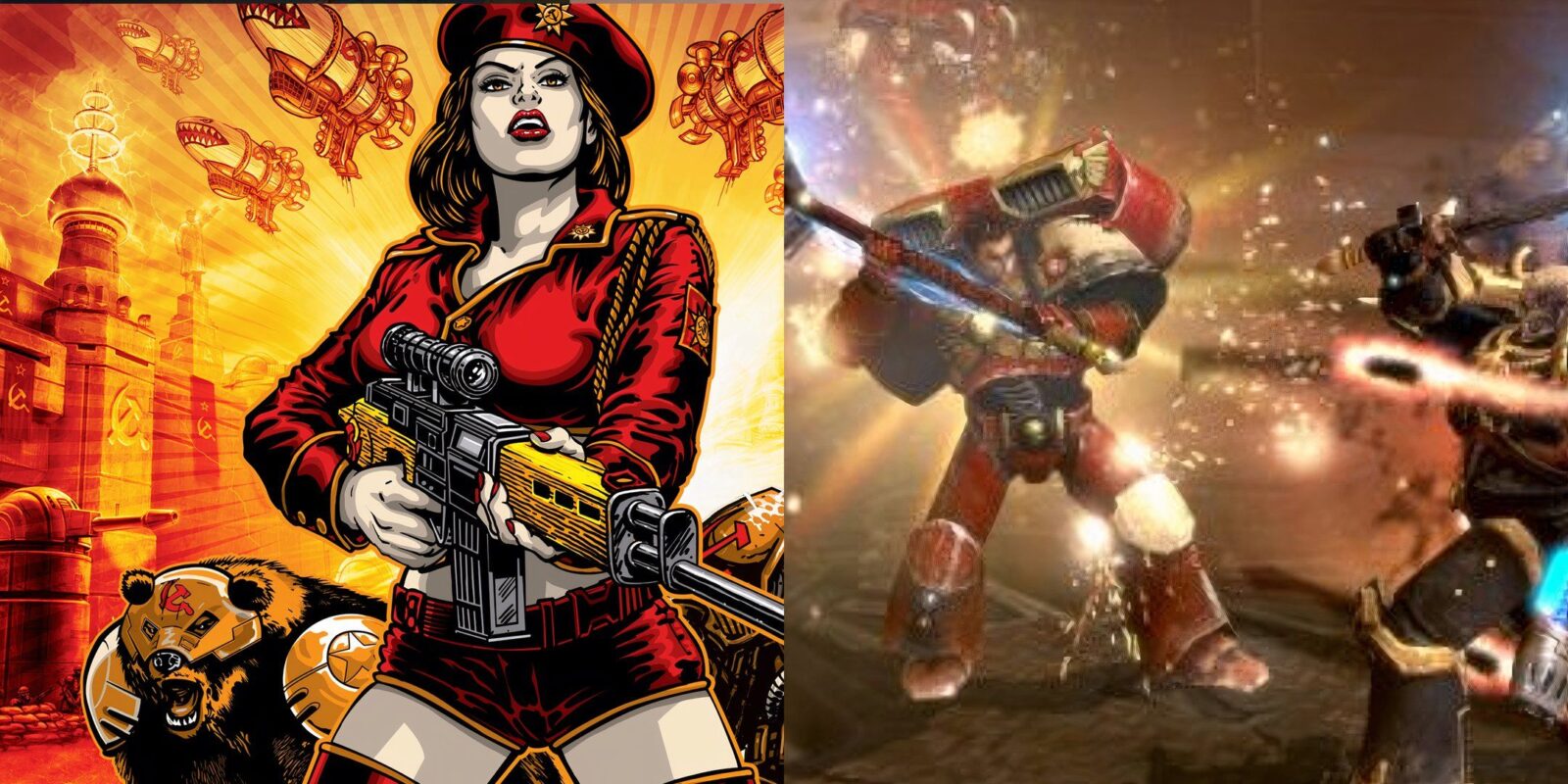

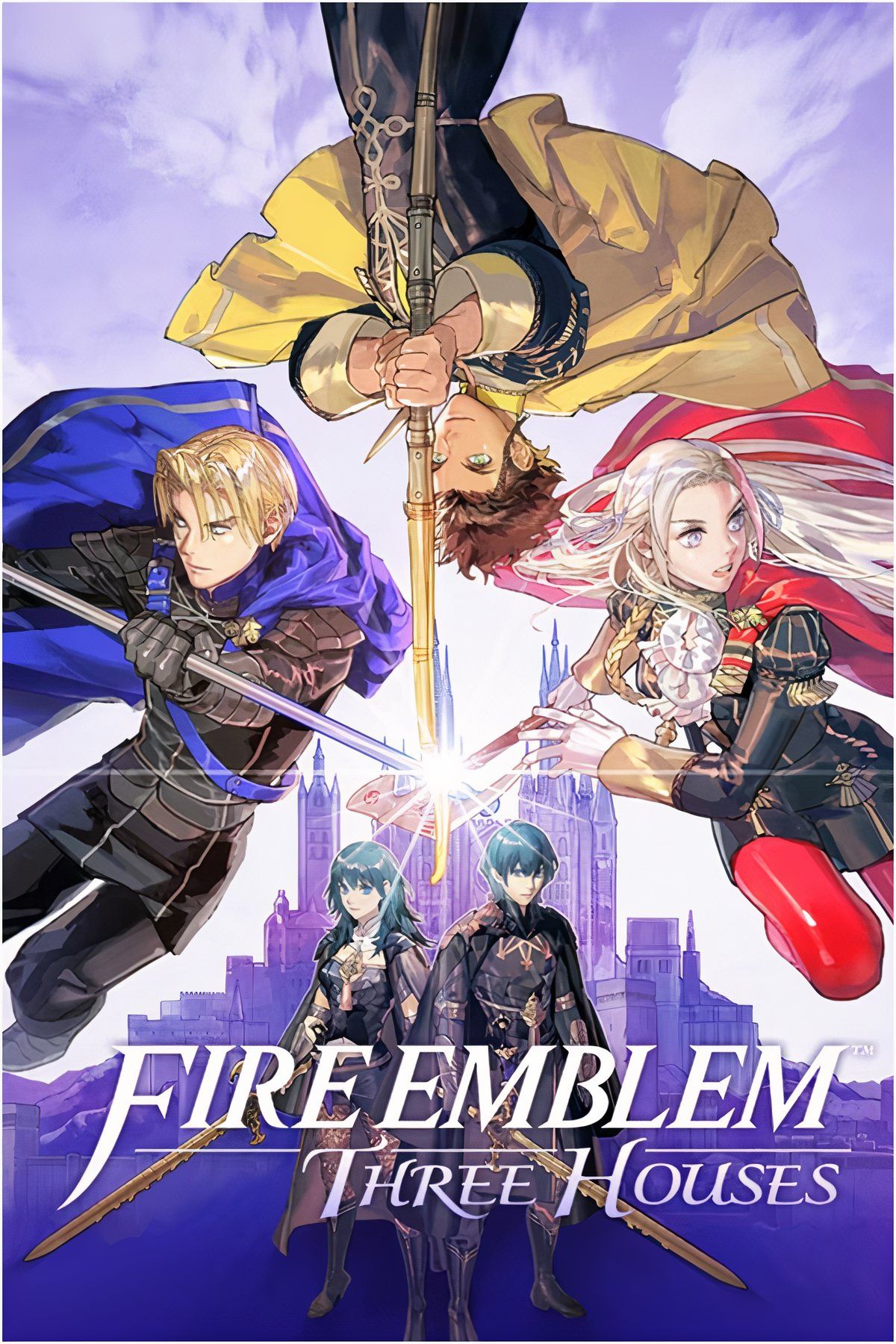
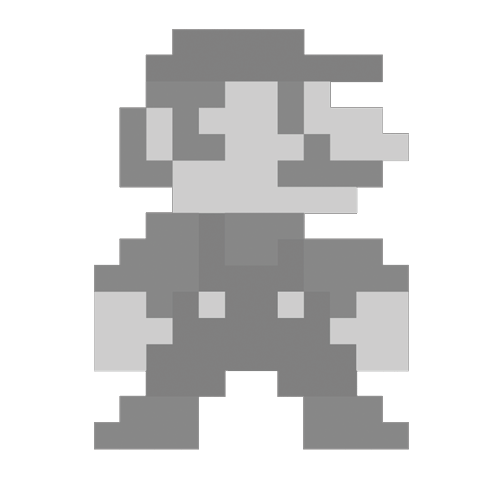
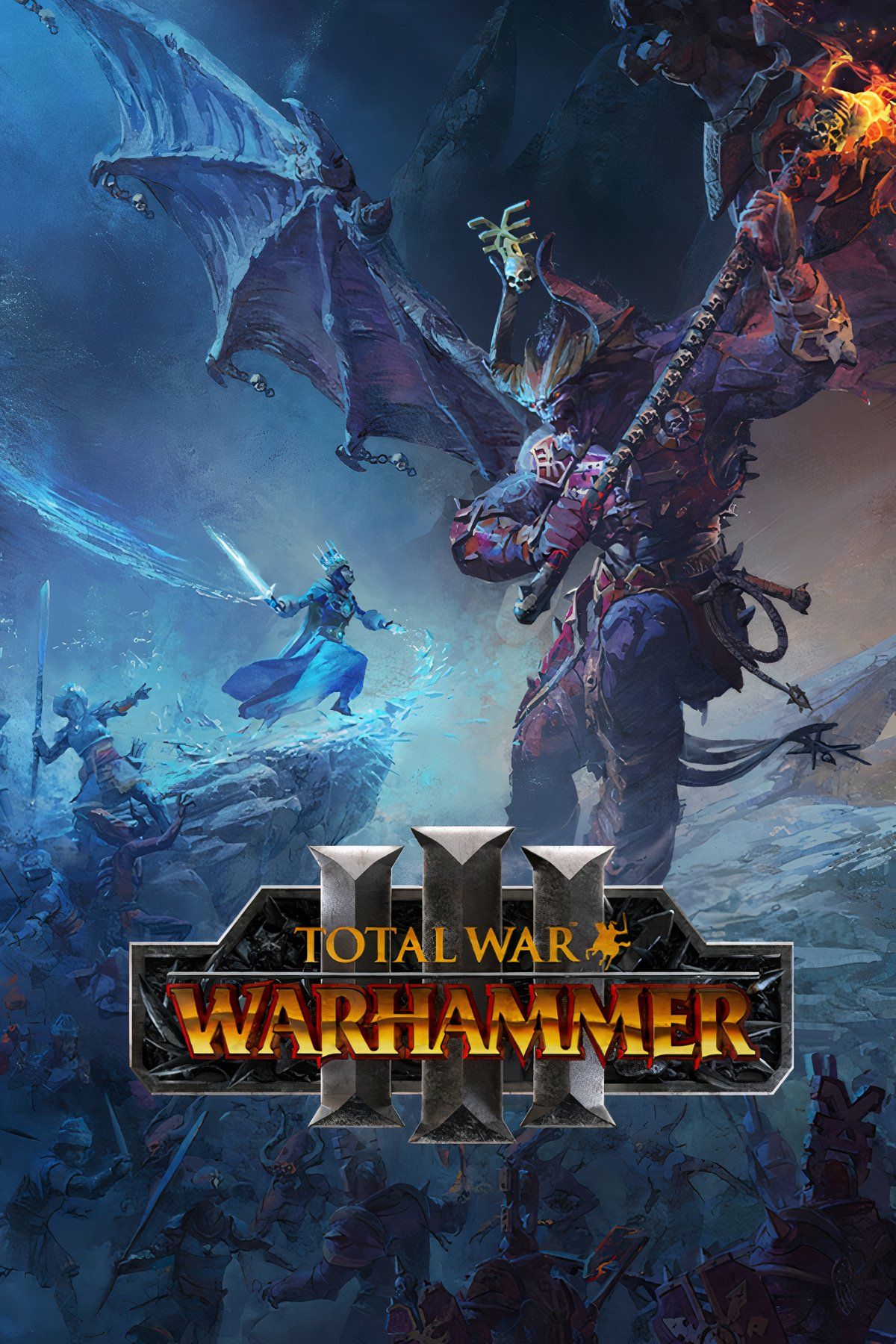

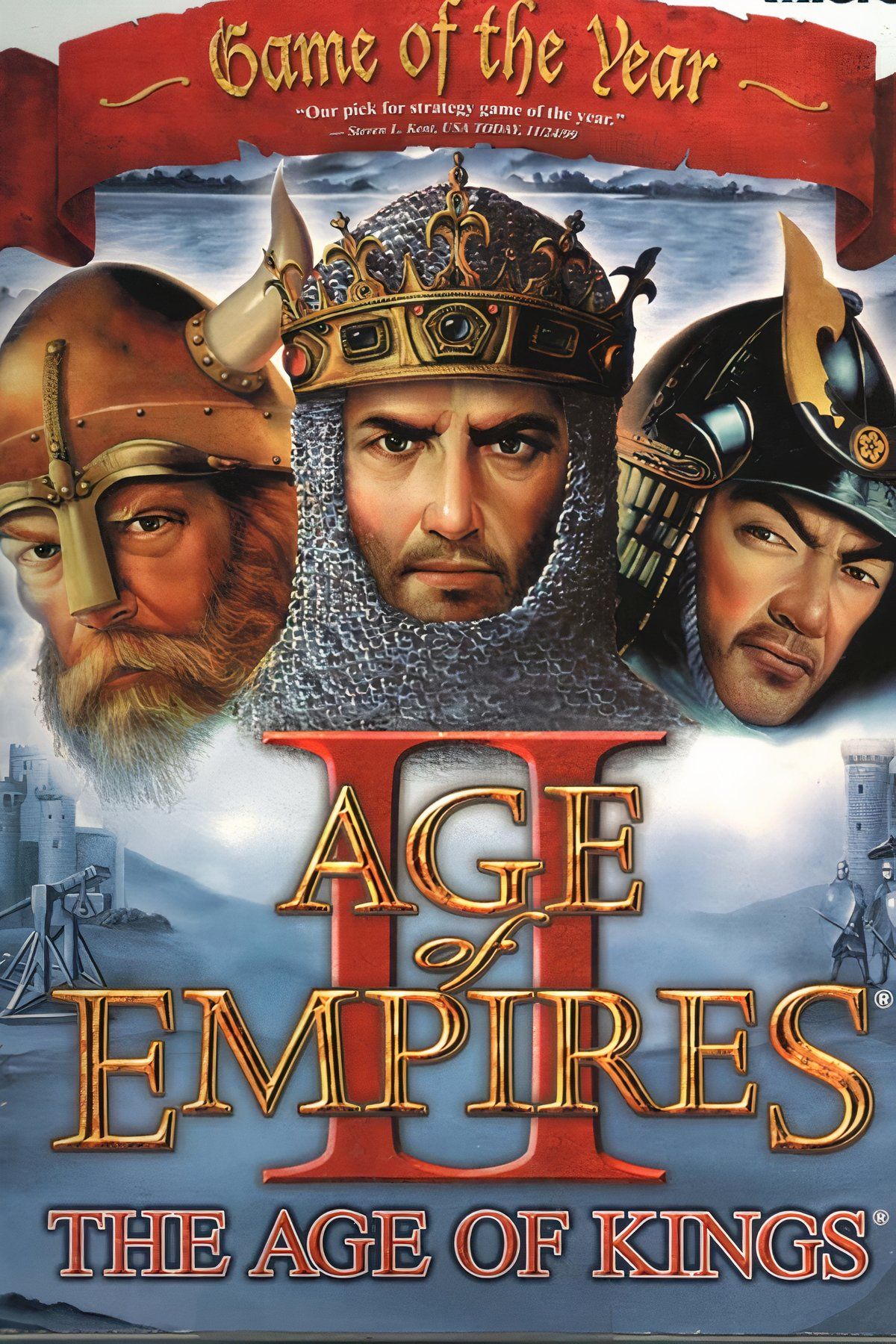


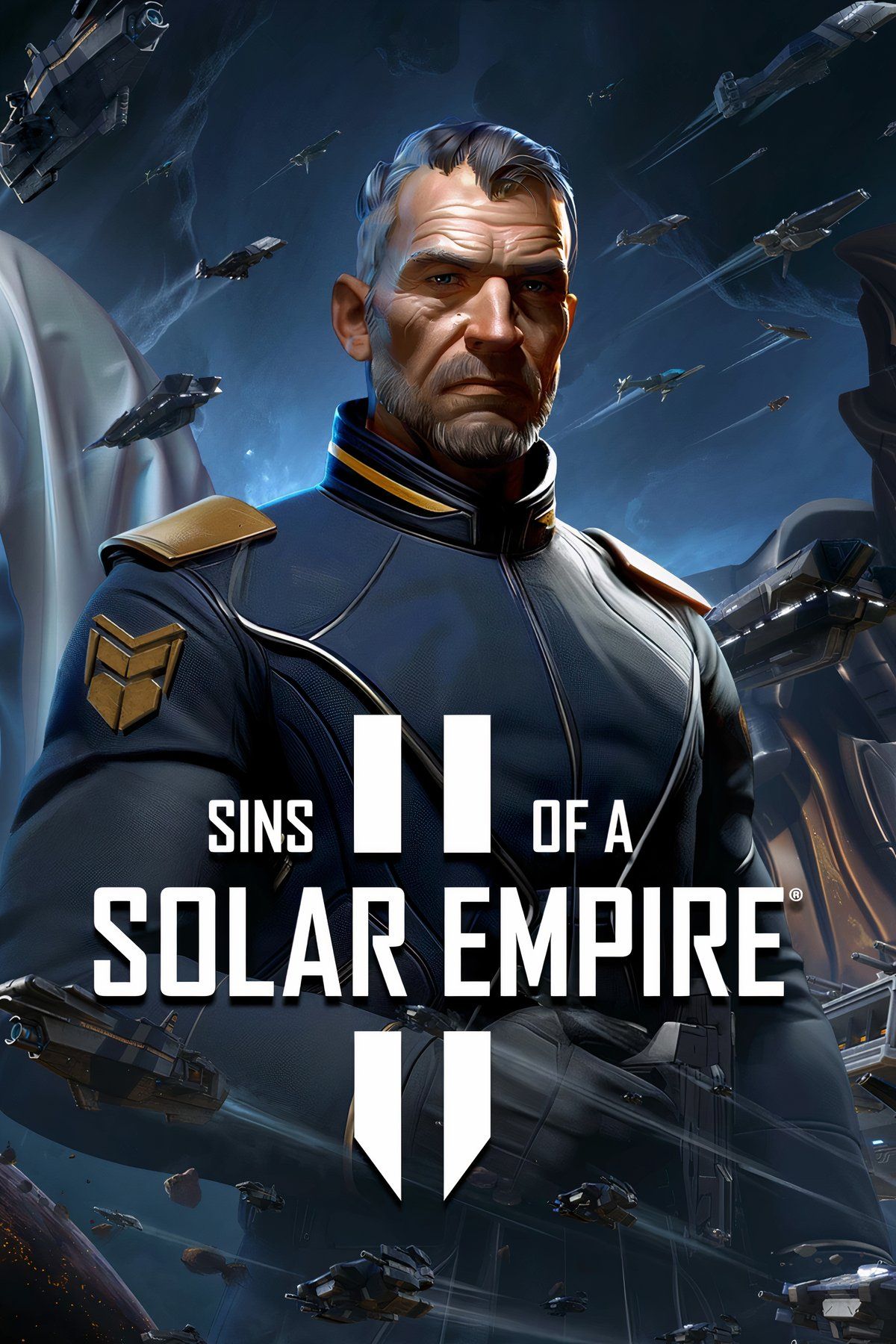


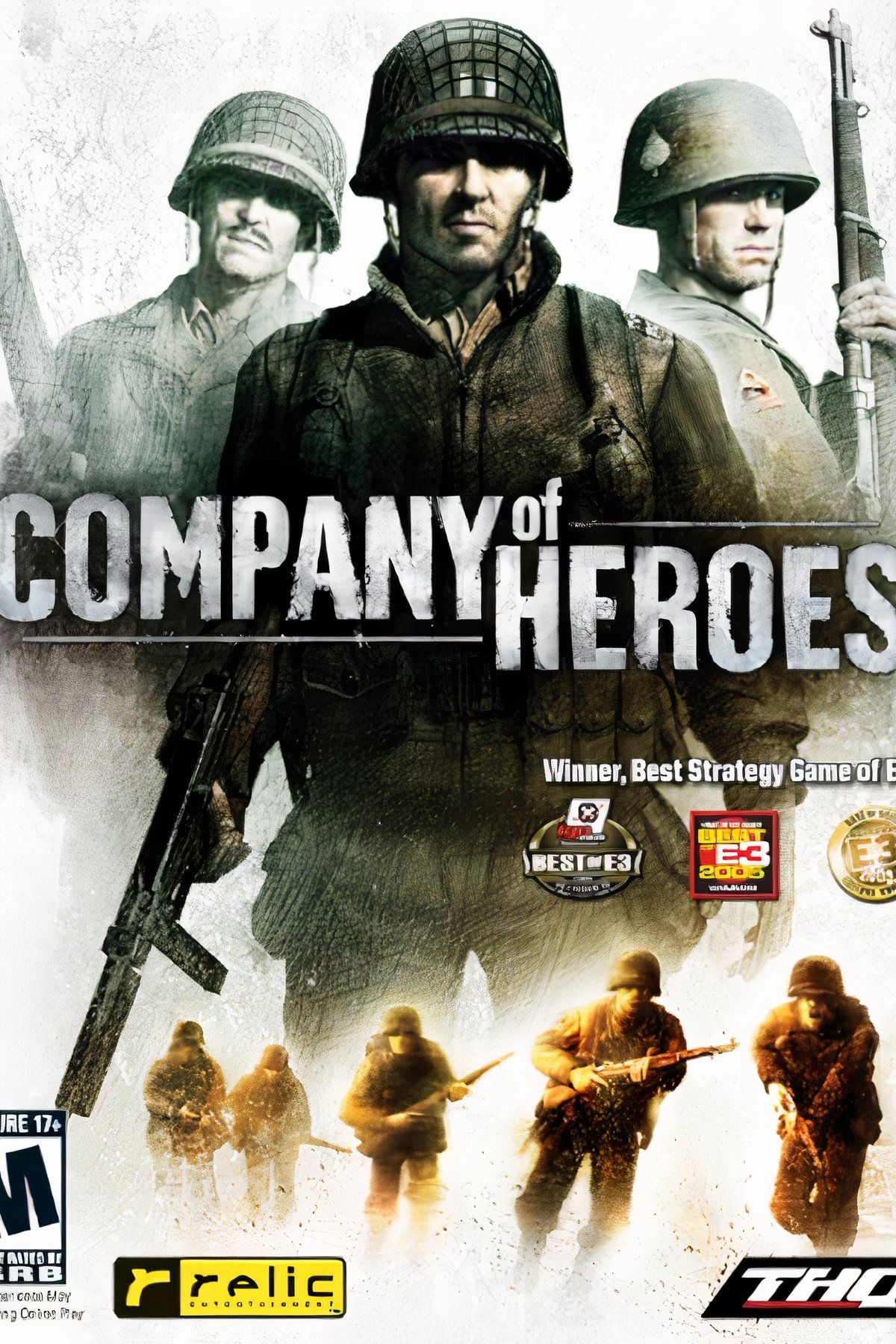









Leave a Reply